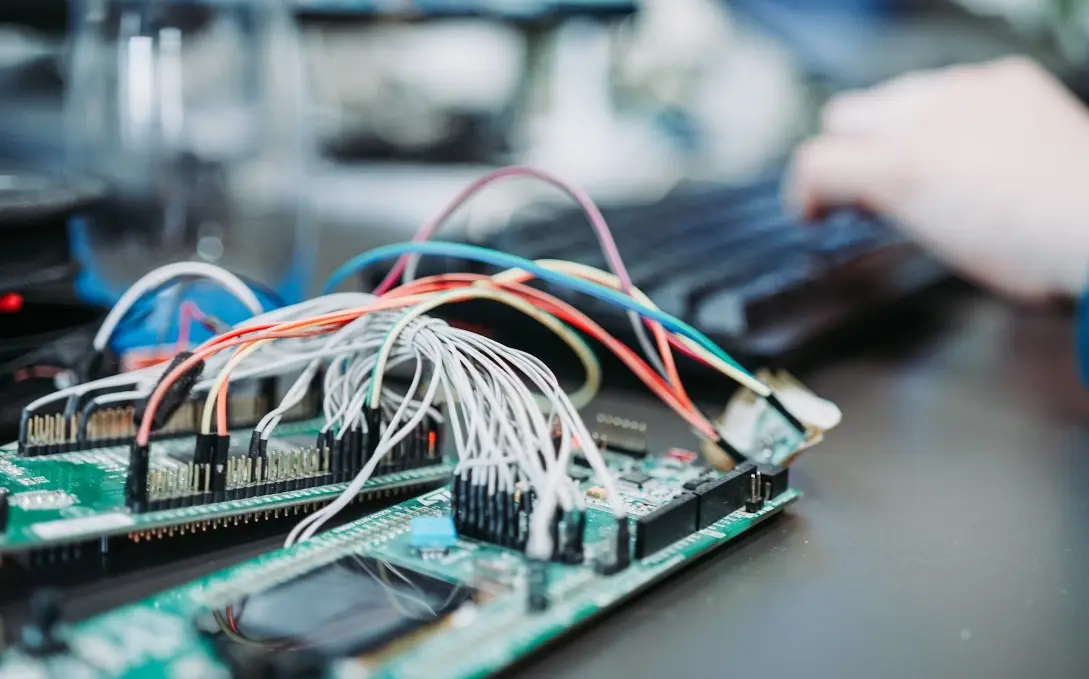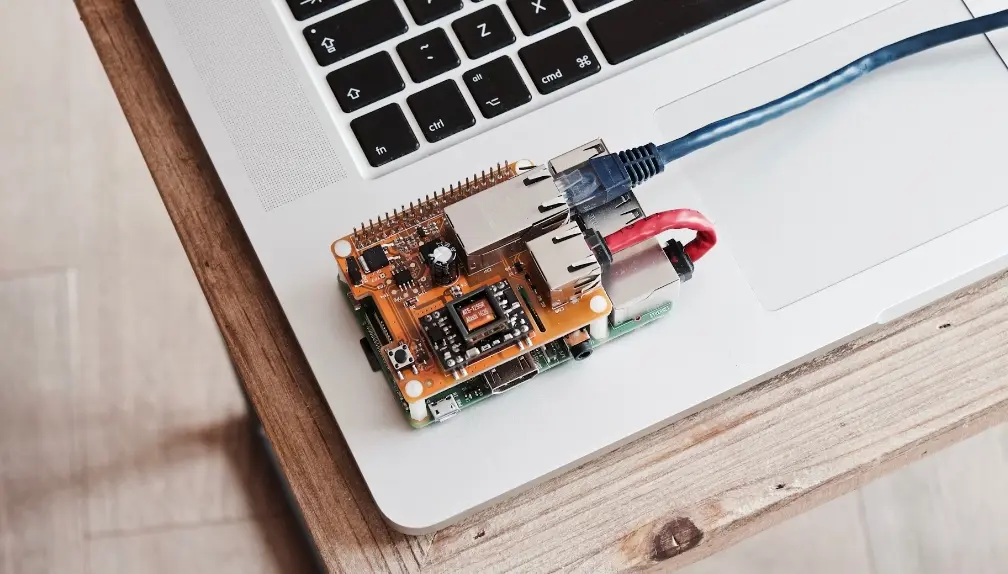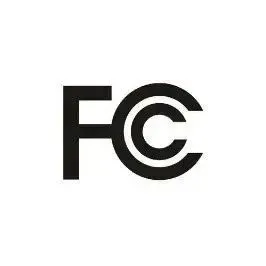
Amazon Certification Testing Report Guide
For an increasing number of products sold on Amazon.com, third-party laboratory testing is mandatory. This guide covers essential information Amazon sellers need to understand about lab testing and submitting testing reports.
Are All Products Sold on Amazon Required to Undergo Lab Testing?
Amazon requires products sold on its platform to comply with relevant safety standards, substance restrictions, labeling, and certification requirements.
If you sell products on Amazon.com in the U.S., your products must comply with U.S. product regulations. Likewise, products sold on Amazon in Europemust comply with EU directives and safety standards.
Therefore, whether lab testing is required depends on the regulations of the country or statewhere you plan to sell the product.
That said, remember that all unsafe products are subject to recall. Third-party lab testing is the only reliable way to assess whether a product is safe and compliant—even if it's not legally mandatory.
It's worth noting that Amazon is under increasing pressureto ensure the safety of products sold on its platform. Mandatory third-party safety testing could become the norm in the near future.
What Types of Products Require Lab Testing on Amazon?
Whether product testing is mandatory depends on the applicable regulation. For example, all children’s products sold in the U.S.must comply with CPSIA, which in turn requires testing reports from CPSC-accredited laboratories.
Examples of products that typically require lab testing include:
Toys
Children's products
Children’s furniture
Medical devices
Cosmetics
Power banks
In some cases, Amazon enforces stricter standards than legal requirements. For example, Amazon required all hoverboard sellers to provide valid UL 1642and UL 60950-1reports even though UL standards are voluntary.
This shows that Amazon can and does enforce compliance with safety standards beyond government regulations.
As a seller, you need to understand both government product regulationsand any additional standards imposed by Amazon.
What Type of Testing Reports Does Amazon Require?
The type of testing report Amazon may require depends on the marketplace, product category, and target age group. Theoretically, Amazon may ask for any testing report required for a specific product in a given country or market.
Most requests we handle fall into the following categories:
a) astm f963-17 Testing Report
Required for children’s products sold in the U.S.
Amazon often requests ASTM F963-17 reports as part of CPSIA compliance verification.
b) reach testing Report
REACH restricts chemicals and heavy metals in consumer goods sold in the EU and UK.
Amazon has requested REACH reports for products such as jewelry and accessories.
c) ce testing Report
ce marking is mandatory for toys, electronics, PPE, medical devices, and other products sold in the EU.
Amazon usually requires CE testing reports as part of its compliance checks when CE marking is mandatory.
d) ul testing Report
UL standards are voluntary in the U.S., but the CPSC recommendsUL compliance for certain products.
Amazon also mandates UL compliance for specific product categories.
How Do I Know Which Tests My Product Needs?
Amazon’s product safety requirements are listed on the Amazon Seller Centralplatform. Covered product categories include:
Drawstrings on children’s clothing
Children’s jewelry
Children’s products
Toys sold in the U.S.
Power banks
String lights
Amazon typically specifies which standards must be met and corresponding testing reports provided.
Example: Power Banks
ul 2056 certification
or ul 2054 and UL 60950-1
or UL 62133 and UL 60950-1
Example: Children’s Jewelry
astm f2923-14
CSPA for phthalates and cadmium
You can also hire a third-party lab to evaluate applicable safety standards and testing requirements.
Which Testing Laboratories Does Amazon Accept?
This depends on the product type.
For example, testing reports for children’s products must come from CPSC-accredited labs. This is a legal requirement, not just an Amazon policy, for products sold in the U.S.
For certain categories like power banks, Amazon requires testing labs to be ILAC ISO 17025 accredited.
Generally accepted labs include:
JJR Labs (China)
SGS
TÜV
How Do I Submit Testing Reports to Amazon?
When testing reports are required, Amazon usually contacts the sellerdirectly. Reports can be submitted via email.
Amazon may request the reports right after a product is listed or later during the review process.
Failure to provide testing reports may result in product removal.
How Much Time Do I Have to Submit the Reports?
Amazon generally allows 30 daysto submit the required testing report.
When Should Amazon Sellers Schedule Lab Testing?
Do not waituntil Amazon requests a report to schedule lab testing.
Lab testing can take over 30 days, and if your product fails at this point, you may have to discard the entire batch.
All products must be tested and verified for compliance before shipment—either to Amazon fulfillment centers or your own warehouse.
Can I Use My Supplier’s Testing Report?
Some sellers try to use existing testing reports provided by suppliers. However, this approach is often impractical due to the following reasons:
1. The report must be valid for the exact same product/SKU, not a similar or different one.
2. For some items, the report must be from the same production batch, making older reports invalid.
3. Reports in the supplier’s namemay not be accepted, especially if you're buying from a trading company using reports from a manufacturer. Some regulations require the importer to hold the report.
In short:
You can use a supplier's or third-party company’s report only in limited cases.
Email:hello@jjrlab.com
Write your message here and send it to us
 What is a UK Authorized Representative?
What is a UK Authorized Representative?
 Food Contact Materials LFGB Compliance
Food Contact Materials LFGB Compliance
 Compliance Test Reports for Export to the US
Compliance Test Reports for Export to the US
 UKCA Certification to Replace CE Compliance in 202
UKCA Certification to Replace CE Compliance in 202
 Does Your Product Need an FCC ID?
Does Your Product Need an FCC ID?
 What Are the Battery Compliance Test Reports?
What Are the Battery Compliance Test Reports?
 Christmas Children’s Products EU & US Complian
Christmas Children’s Products EU & US Complian
 Food Packaging Material Testing
Food Packaging Material Testing
Leave us a message
24-hour online customer service at any time to respond, so that you worry!




